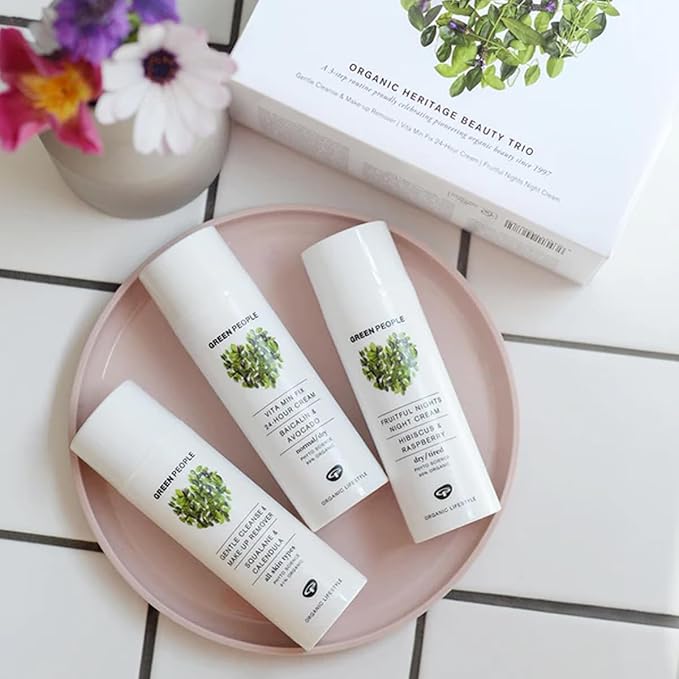First-time visitors to Georgia often want a clear, stress-free introduction that balances culture, nature and everyday comfort. Many begin in Tbilisi, where the airport sits close to the city centre and the compact Old Town allows easy walking between the sulphur baths, Narikala cable car and riverside viewpoints. Sustainable travel here means choosing walkable routes, local cafés and small hotels that support the community. Short trips to Mtskheta add historical depth without long drives, while Kakheti introduces wine traditions through slower, guided visits that reduce unnecessary transport. Some travellers combine Tbilisi with Batumi, using efficient internal travel rather than multiple flights. At Friendly Turtle EcoBlog, we encourage first-time visitors to travel Georgia responsibly by pacing itineraries, staying in family-run guesthouses, joining small-group tours and respecting local ecosystems. These mindful choices help reduce environmental impact while still offering a rich, authentic experience of Georgia’s cities, landscapes and traditions.
Share your articles with us and get published! Reach out at hello@friendlyturtle.com.
The Impact of a Well-Designed Roof on Your Home’s Energy Efficiency

At times it seems as if a lot of people take the importance of their roof for granted, without realizing that it's not solely designed to enhance their curb appeal and the overall aesthetics of their property.
It offers so much more. In fact, one of its main purposes is to protect you and your home from a bunch of different external elements, and it also plays a significant role in the energy efficiency of your house.
A roof that’s properly designed is able to maintain a pleasant indoor temperature, while concurrently, decreasing cooling and heating expenses. If you would like to further delve into this topic, then buckle up because it’s time to reveal some more interesting facts about this!
Getting Familiar With The Basics Of The Roof Design
If you think that the roof design solely revolves around aesthetics, then you are seriously wrong. It can be defined as the cornerstone of your house's structure. A roof that's nicely designed (meaning that it consists of different top-quality materials) will be able to protect you from numerous external factors, and, at the same time, be energy efficient too!
Furthermore, roof design is supposed to take into account things such as insulation, materials, slope, and ventilation. Every single one of these factors plays a key role in the overall effectiveness of your roof, and it's going to contribute to efficient energy usage and house protection.
For example, the pitch and shape of your roof are going to affect how you'll deal with snow and rain. If the pitch is steep, it's going to ensure better drainage, preventing roof breakdown and water damage.
These are just some examples. The point is that every homeowner should learn the basics regarding the correlation between their roof and energy efficiency, so they can understand better how crucial a well-designed roof is.
A Professional Can Be Essential In These Instances
Now, if you are ready to take the efficacy of your roof up a notch, then it’s time to hire an extra pair of hands. People who visit skyviewexteriors.com for roofing advice can prove that a seasoned roofing company will be able to offer you useful insights that will help you make a well-informed decision. Keep in mind that these experts have enough experience when it comes to all kinds of services, starting from installation, different repairs, and many other things that will make sure your roof works smoothly. Their expertise ensures that every aspect, from material selection to structural integrity, is carefully considered to create a durable, energy-efficient, and visually appealing roof.
How Important Roofing Materials Are?
Roofing materials aren't here only to affect the appearance of your roof, but energy efficiency as well. For instance, in the past couple of years, metal roofs have quickly wrestled their way to the top because they have excellent reflective properties that are intended to decrease heat absorption.
Because of this, you will no longer need to worry whether your cooling expenses are going to skyrocket during warmer weather. Besides this material, another alternative that's equally phenomenal is a green roof, which is both useful and visually appealing.
So what does a green roof represent? Namely, when you own one, it's like you practically have a roof that's "flooded" with all kinds of plants. Green roofs are generally a great idea because they are perfect, natural insulators that are going to boost energy efficiency by decreasing heat transfer, and, concurrently, improving the overall air quality.
Aside from that, green roofs are capable of effectively absorbing rainwater, and drastically decreasing the risk of flooding, and many other things.

Does The Color Matter?
Many people think that the color of their roof doesn’t play any major role and that it’s only an important consideration when it’s time to think about its aesthetics, which couldn’t be further from the truth.
What a lot of you do not know is that the color of your roof can actually play a very big role when it comes to this. Namely, darker roofing absorbs a lot more heat from the sun's rays, which means that your entire house is going to be warmer during summer, which means higher AC expenses.
In contrast, lighter roofs reflect a lot more sunlight, which means that your household is going to be a lot cooler during hotter months, which means lower air conditioning expenses. As you can see, the color of your roof does indeed affect certain things.
Now that you’ve gone through this article and uncovered how impactful the design of your roof is, we honestly hope that you’ll make wise decisions when it’s time to replace or install a new roof.
0 comments
Let customers speak for us
Blog posts
A calm, multifunctional garden can be more than a pretty backdrop it can become a practical extension of your home that supports slow mornings, outdoor meals, and genuine downtime. In this Friendly Turtle EcoBlog guide, we look at simple, sustainable ways to shape an outdoor space that feels organised, welcoming, and easy to use throughout the week. Start by creating clear “zones”: a quiet seating corner for reading, a dining spot for relaxed lunches, and a flexible open area for play or potting. Light-touch structures, such as an airy pergola or a sheltered veranda, add definition without blocking daylight, making the garden usable in changeable weather. Keep the mood restful with layered planting: evergreens for year-round structure, seasonal flowers for colour, and lightly scented herbs near paths. Choose reclaimed or recycled materials where possible, add soft warm lighting, and reduce water waste with mulch and a simple rainwater butt. The result is a garden that feels calm, functional, and kinder to the planet.
Finding the right mental health support in Woodland Hills starts with checking credentials, treatment approach and access to care. Look for licensed clinicians with training in evidence-based therapies such as CBT or DBT, and ask whether programmes offer coordinated psychiatry, talking therapy and crisis support when needed. The best providers also explain your options clearly, from outpatient sessions to more structured day programmes, and may include complementary practices that support recovery, such as mindfulness, movement and nutrition guidance. At Friendly Turtle EcoBlog, we often explore how everyday choices shape wellbeing; this guide applies the same practical lens to mental health care, helping you compare services, understand what ‘holistic’ really means, and choose a setting that feels safe, respectful and tailored to your needs. It also highlights practical questions to ask about availability, confidentiality, fees and insurance, so you can make a confident, informed decision.



